Make Your Small Space Feel Spacious: 10 Design Ideas
Our home is our sanctuary, where we want to relax at the end of the day. Small spaces can present a challenge, but fortunately, there are simple tricks that can transform any compact home into a place that feels airy, bright, and inviting. Ready to breathe easier?
 Transform Your Space: Creative Ideas for a Bigger Feel
Transform Your Space: Creative Ideas for a Bigger FeelMany people dream of large, open homes, yet in reality, not everyone is blessed with spacious abodes. Especially in urban environments, or in standard contractor apartments with limited space, a feeling of expansiveness might be exactly what's missing in your home.
If you're feeling a bit cramped, read on. With some straightforward tricks and creative thinking, you can make any small dwelling feel more open, bright, and pleasant. By paying attention to the little details and utilizing space wisely, you can enhance the size and airiness of your home, turning it into a delightful haven to return to after a long day.
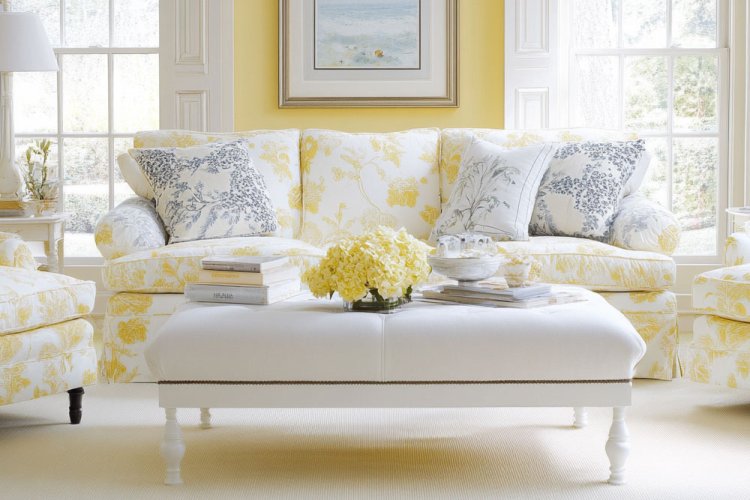
- Use Mirrors to Expand Space
Mirrors are the secret weapon of interior designers. Adding a mirror to a tiny bedroom, for instance, can add depth and expand the space visually. A large mirror placed opposite a window or centrally in the living room can double the amount of natural light and create an illusion of spaciousness. Mirrors add light and airiness by creating the perception of additional space.
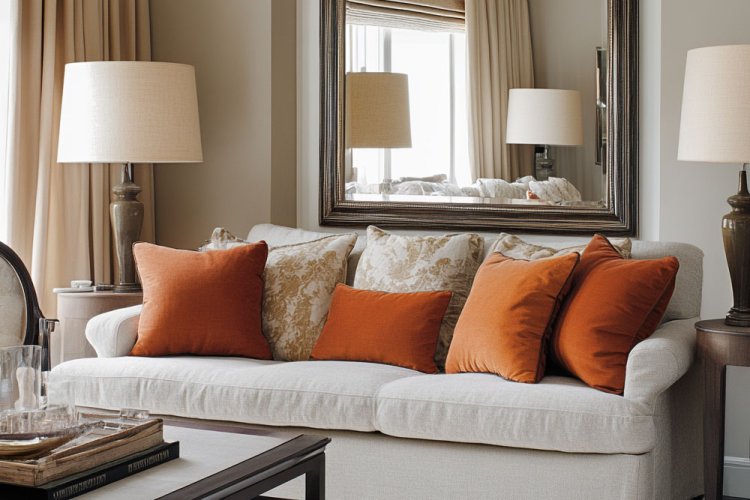
- Smart and Multi-Purpose Furniture
Furniture selection plays a crucial role in small spaces. Multi-purpose pieces, like fold-out sofas, collapsible tables, or shelves with hidden storage, help keep the area clean and tidy. It's important to choose furniture that fits well with the room's size – not too big, but not too small either. Always measure your room before purchasing new furniture.
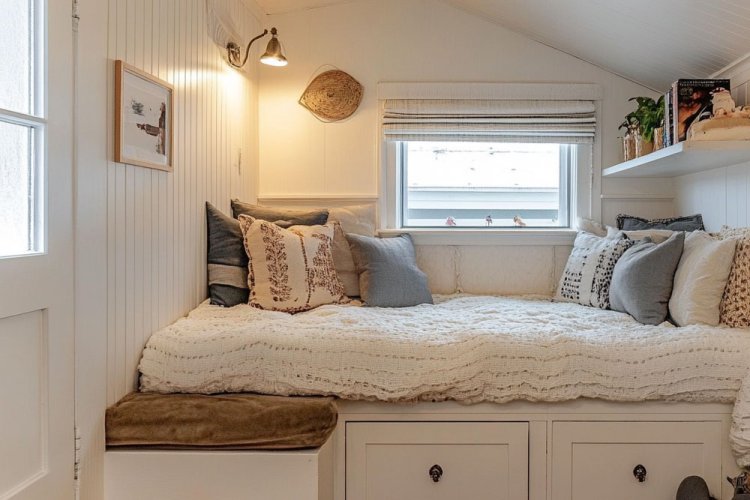
- Bright Colors
Bright colors create a sense of space and openness. To make a room feel larger, use shades of white, cream, light gray, or soft pastels. Additionally, choosing light-colored furniture that doesn't weigh down the room's appearance is wise. Light colors reflect more light, making the space appear brighter and more open. Painting the walls and ceiling the same shade can provide continuity and extend the room's boundaries. Uniform colors help blur the room's borders, enhancing the sense of size and harmony.

- Proper and Varied Lighting
Lighting is a key element in designing small spaces, as it affects the sense of depth and width. Proper lighting can highlight certain areas, making the space feel more open and illuminated. Combine natural light (like from a window) with artificial lighting: soft ceiling lights, wall sconces, and hidden lighting niches can all help create a more expansive feel. Avoid bright, direct lighting that can accentuate boundaries, and instead, opt for evenly dispersed light throughout.
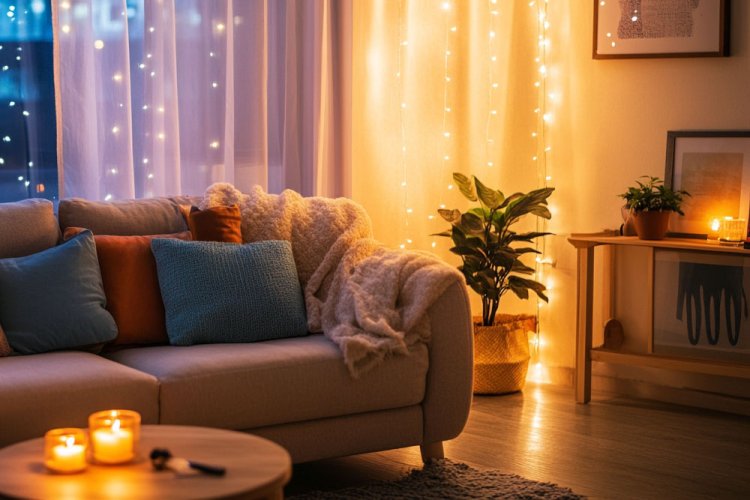
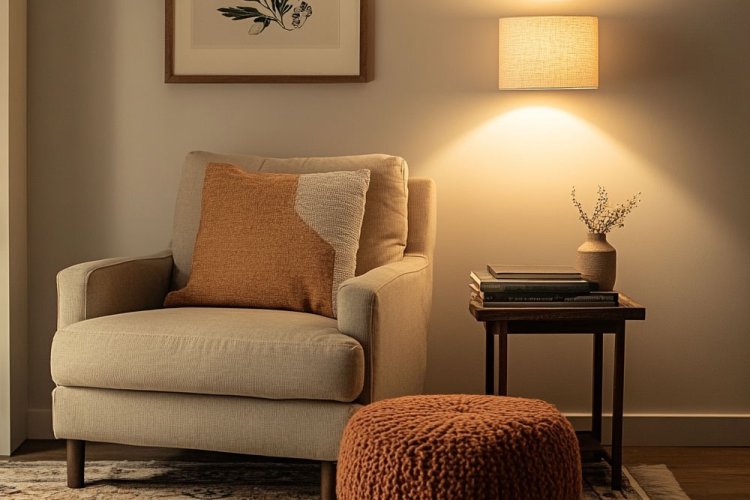
- Use Long and Thin Curtains
Floor-to-ceiling long and thin curtains can create a sense of height, giving the illusion of a taller room. Choose curtains from light and soft fabrics to allow natural light to fill the room. Also, opt for light shades that match the rest of the room's color scheme.
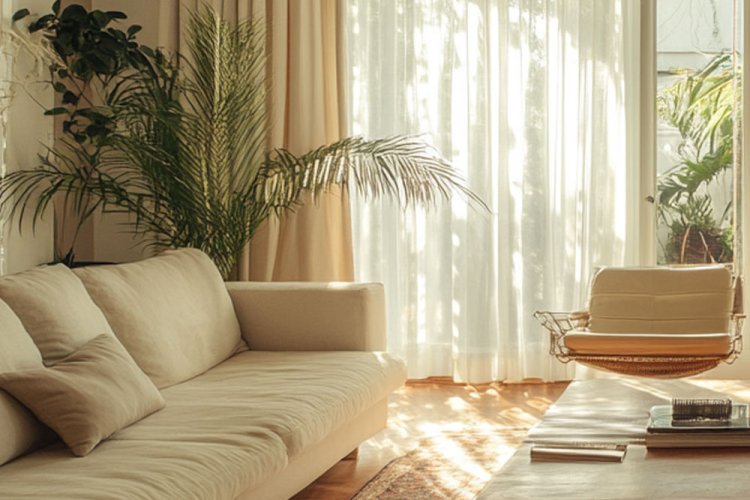
- Stay Organized
A small space demands organization even more than a larger one. Remove unnecessary items and keep those that truly serve a purpose or add design value. Open shelves or baskets can help maintain order while also adding a decorative touch. Utilize height by hanging shelves on the walls and using upper spaces for storing less frequently used items. Smart storage management can make your space more pleasant and provide a sense of roominess and cleanliness.
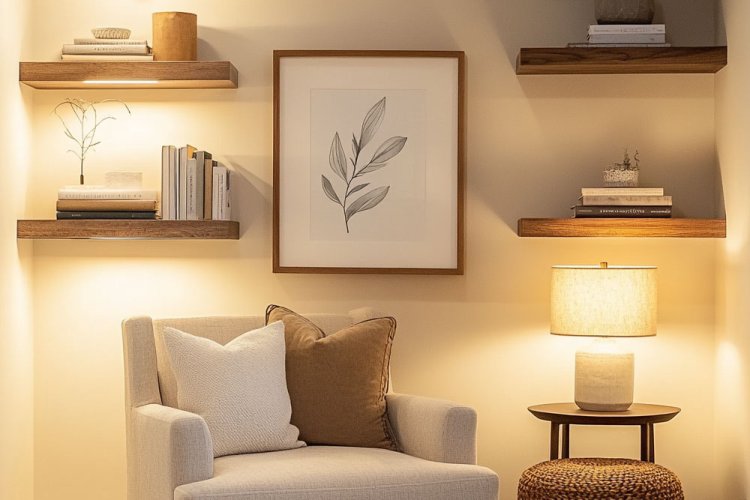
- Use Vertical and Horizontal Lines
Another technique to enlarge the space feeling is using lines – whether in the form of wallpaper with vertical stripes to add height, or rugs with horizontal stripes to give a sense of width. You can also incorporate curtains with vertical lines to emphasize room height. Lines focus the eye and create perspective, helping to maximize the space and making it feel more extensive.
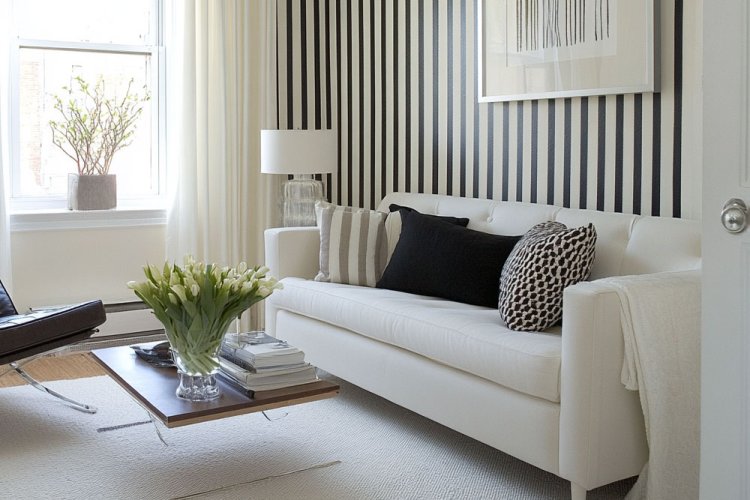
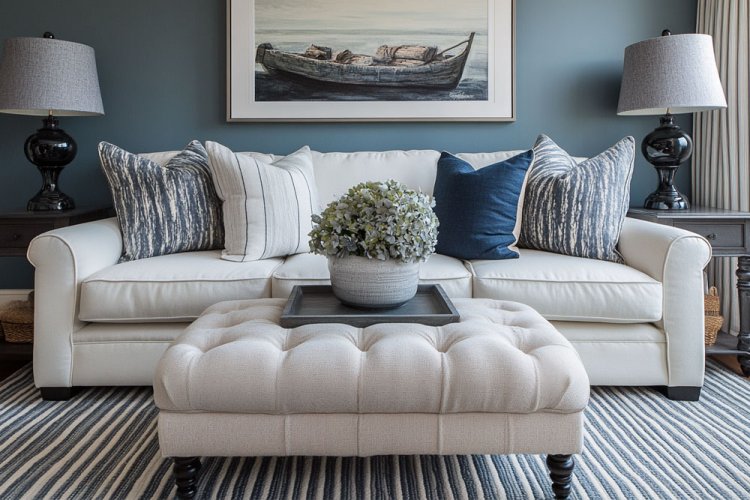
- Elevated Furniture
To create a feeling of a more open and airy space, choose furniture with high legs that allow the floor to be seen underneath. Such furniture creates a sense of air flow and prevents visual blockage of the space. This approach prevents heaviness and adds a light and roomy appearance to the room.
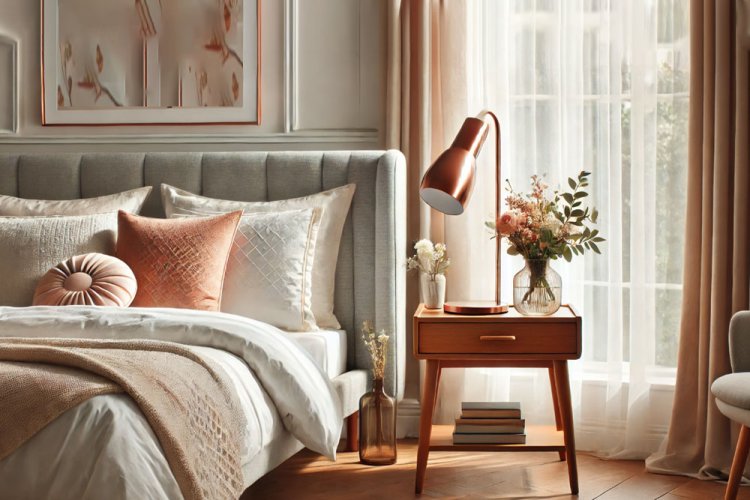
- Smart Space Division
Instead of using walls to divide spaces, opt for light partitions, such as curtains or open shelves. These dividers maintain the free flow of light and air, ensuring a sense of openness and expansiveness. Additionally, larger furniture pieces, like bookcases or sofas, can define separate zones while preserving the overall space feeling.

- Small Plants – Big Impact
Scatter small plants throughout your home to add life and color without making the space feel cluttered. Choose pots that aren't too large and place them out of the way, such as on shelves or small side tables. You might also include hanging plants (high-quality artificial plants are an option) to utilize vertical space. Incorporate various plant types for a diverse look. Plants contribute to a pleasant atmosphere, purify the air, and enhance a sense of comfort and warmth..

With a few simple tricks, any small space can become more spacious and inviting. Proper space utilization, suitable color choices, and attention to details like lighting and furniture can make a notable difference in how large and comfortable your home feels. Remember, simplicity and practicality are keys to creating a space that feels large and welcoming.
Which tip will you try at home right now? Share with us in the comments.

